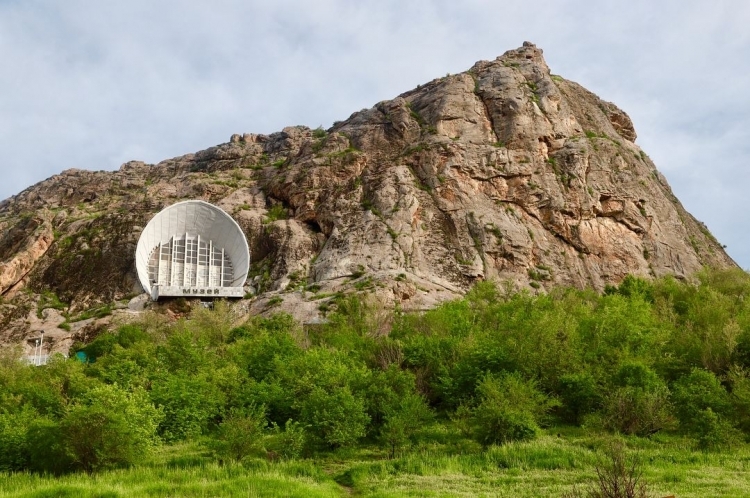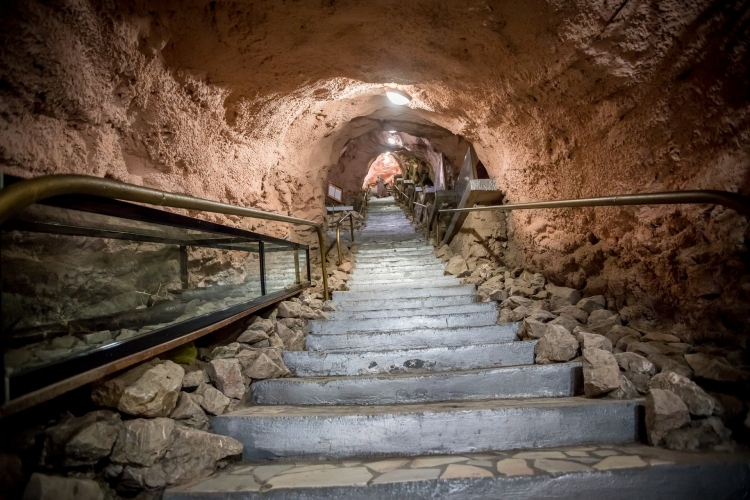South capital of Kyrgyzstan, second biggest city in the country
The city of Osh is the second largest city of Kyrgyzstan after Bishkek with a population of about 250 thousand people, officially called the “South Capital”. It was one of the religious Muslim centers of Central Asia. It is best known for its ancient mosques in the city center, as well as the Sulaiman-Too mountain (Sulaiman-Takhty, the Solomon Throne), which is one of the places of pilgrimage for Central Asian Muslims.
The city is located in the foothill oasis, which has long been inhabited by people long before the arrival of the Kyrgyz people from the Yenisei (about 800 years ago). In the 1950s, archaeologist Yuri Alexandrovich Zadneprovsky, discovered the remains of an ancient settlement of farmers of the Bronze Age on the southern slope of Sulaiman-Too and proved that the history of Osh dates back three millennia. In historical science it is customary to count the age of cities from the earliest mention in historical acts; the earliest mention of the city in the annals refers to the IX century A.C., which still allows us to consider it the oldest city in the country. In the 10th century, Osh was considered the third largest city of Fergana, being the point of intersection of caravan routes from India and China to Europe.
Suleiman Mountain has 7 caves with their own names: Chakatamar from the word "chakka", which means "to drip" – The water constantly drip from the ceiling of this cave and is considered to be healing; Tepeunkur (the "cave on the top") - a cave that has an almost vertical descent; Chilten-Khana or Teshik-tash (the "holey stone") with three entrances; Ishen-Unkur cave, which plays the role of a kind of house for thought (hujra); the Ruscha-Unkur cave or the Eagle cave (the largest of the caves) - two storey cave where the cave complex of the Osh united historical and cultural museum of the reserve are located.
More Info
-
Activities
Terrain features
- Panoramic view













